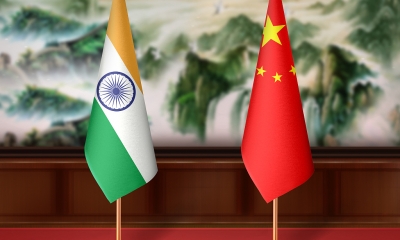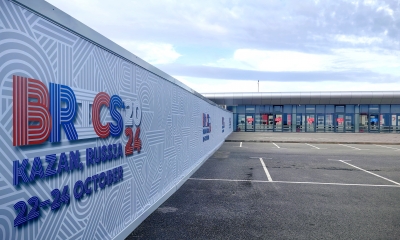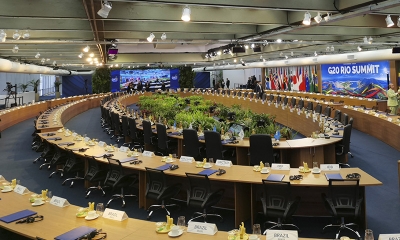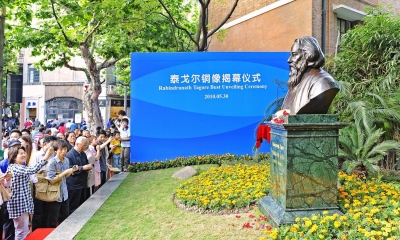CISCE Shows China’s Commitment to Connecting the World for a Shared Future
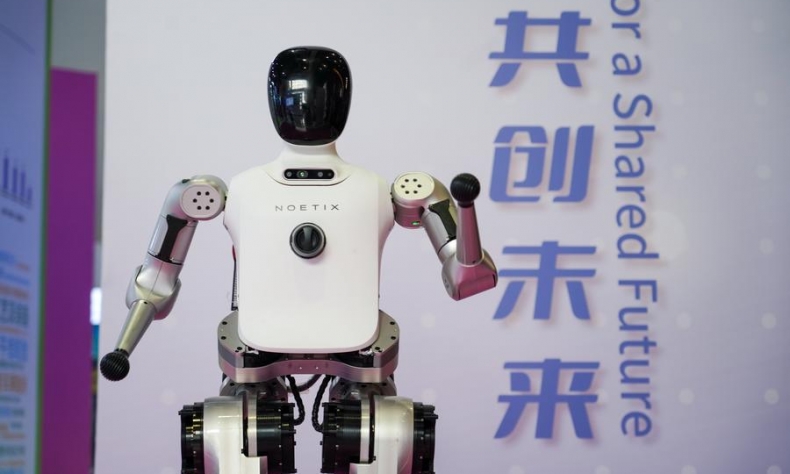
The CISCE is a shining example of China’s global insight and efforts for creating a global community that works together.
Against the backdrop of U.S. President Donald Trump’s unilateral tariff destruction, which has significantly disrupted global supply chains, the third China International Supply Chain Expo (CISCE) that concluded on July 20 in Beijing has showcased China’s vision for a global supply chain ecosystem that benefits humanity. Themed on “Connecting the World for a Shared Future,” the five-day event highlighted China’s commitment to international cooperation and building a more dynamic, resilient, and collaborative global supply chain system to counter the disruption in global supply chains caused by the U.S. protectionism and put the world economy back on track.
In contrast to the United States, China has consistently championed multilateralism as the cornerstone of economic globalization, advocating for an open world economy. Amidst geopolitical tensions disrupting supply chains, this year’s supply chain expo demonstrated the international business community’s appreciation for China’s role in driving global economic growth, particularly among global tech CEOs. U.S. chip giant Nvidia’s CEO Jensen Huang hailed China’s supply chain as a “miracle,” underscoring its significance as the world’s second-largest technology market, which continues to grow rapidly, making it a crucial component of Nvidia’s global strategy. Furthermore, participating enterprises from around the world have largely backed China’s promotion against anti-globalization sentiment.
China’s commitment to global cooperation is reaffirmed in Chinese Vice Premier He Lifeng’s speech at the opening ceremony of the third CISCE on July 16. He emphasized, “China will adhere to the principles of division of labor and cooperation, openness and inclusiveness, while acting as a promoter of mutual benefits and win-win outcomes in global industrial and supply chains.” His speech underscored China’s pivotal role in stabilizing global supply chains and driving economic recovery worldwide amid tariff tensions and economic uncertainties.
Since its inaugural edition in 2023, CISCE, the world’s first national-level exhibition centered on supply chains, has become a valuable platform for participating countries and organizations to exchange insights and perspectives on global supply chain. It also serves as a means to understand China’s vision for “a secure, stable, efficient, open, inclusive, and mutually beneficial global industrial and supply chain system”—a vision that embodies President Xi Jinping’s aspiration for a more interconnected and cooperative world.
It is truly encouraging to see that China remains steadfast in its efforts to this end. Despite the global economic downturn, China continues to make significant contributions to global economic recovery, development, and prosperity. By championing multilateral trade and providing expanded access and policy support to foreign firms, China is cementing its status as a key player in the global economy.
Over the years, China has consistently promoted a vision of a more open and inclusive global economy. The CISCE reflects China’s national strategy of prioritizing digital technologies such as AI, the Internet of Things, and blockchains to revolutionize its logistics and supply chain operations, thereby solidifying its position as a global powerhouse. The country’s robust economic growth and strategic investments in key sectors like EVs, renewables, and biotech have strengthened its position in global value chains. By hosting the CISCE, China continues to demonstrate its commitment to global supply chains, showcasing its adaptability in an evolving world landscape.
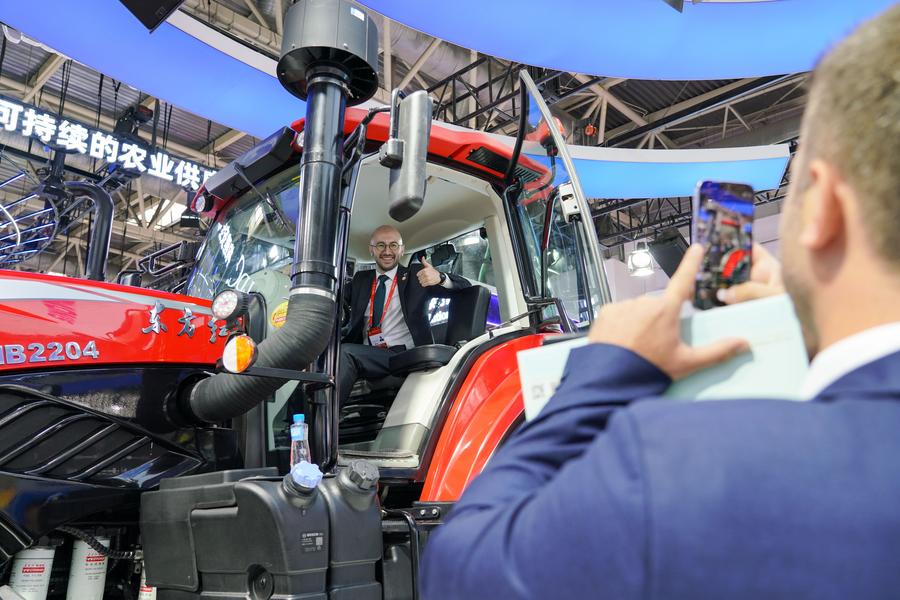
Sometimes facts and figures sound boring but the supply chain expo’s growing influence can be evidenced by the following statistics:
The third CISCE showcased a diverse lineup covering six key industrial chains, including advanced manufacturing, clean energy, smart vehicles, digital technology, healthy living, and green agriculture. The expo featured cutting-edge innovations, with a 10 percent increase in new product launches and debuts, and the release of the Global Supply Chain Index Matrix. Notably, U.S. chip giant Nvidia made its debut appearance. A dedicated innovation chain section highlighted China’s commitment to innovation, bringing together global tech leaders and emerging Chinese firms like Unitree Robotics and BrainCo.
Around 1,200 exhibitors from 75 countries and regions showcased cutting-edge technologies, products, and services, highlighting China’s vast market potential. A total of 152 new products, technologies, and services were launched during the expo, a 67 percent year-on-year increase. Over 6,000 cooperation agreements and LOT on partnership were signed, demonstrating the expo’s resounding success.
The third CISCE has seen a significant international participation, with 35 percent of exhibitors coming from abroad. Half of these overseas exhibitors are European and U.S. companies with technological advantages. The expo also saw a 15 percent increase in U.S. exhibitors compared to the previous session. A whopping 65 percent of exhibitors were either Global Fortune 500 companies or industry leaders, underscoring the expo’s importance as a prominent business platform.
Undoubtedly, this type of participation from the international community is a clear vote of confidence in China’s leading role in globalization and free trade at a time when a variety of crises are sweeping across the world, ranging from infrastructure bottlenecks and funding shortages to protectionism and unilateralism.
On the other hand, the launch of the “Beijing Initiative” at the third CISCE is a significant step towards global economic cooperation. With over 1,100 representatives from more than 100 countries and regions in attendance, this initiative shows a collective effort to stabilize industrial and supply chains, support fair trade practices, and promote a cooperative international environment. By advocating for multilateralism and a WTO-based trading framework, the initiative aims to create a more predictable market and reduce trade barriers, which could be a game-changer for global trade dynamics.
In a world grappling with the challenges of protectionism, China’s commitment to openness, innovation, and international cooperation is evident in the 2025 CISCE, which showcases China’s bid to champion global economic stability. China’s economy continues to demonstrate remarkable resilience, with steady growth and robust foreign trade that defies the odds of U.S. tariff threats.
The CISCE is a shining example of China’s global insight and efforts for creating a global community that works together. China’s forward-thinking approach to integrating digital tools and investing in strategic sectors is a masterstroke, solidifying its status as a premier destination for multinational firms and a trailblazer in global value chains. By embracing innovation and leveraging its vast market potential, China is poised to remain a key driver of global economic growth and a magnet for international investment. This strategic positioning will likely continue to attract top-tier companies and talents, further cementing China’s influence in the world economy.
The article reflects the author’s opinions, and not necessarily the views of China Focus.
 Facebook
Facebook
 Twitter
Twitter
 Linkedin
Linkedin
 Google +
Google +




